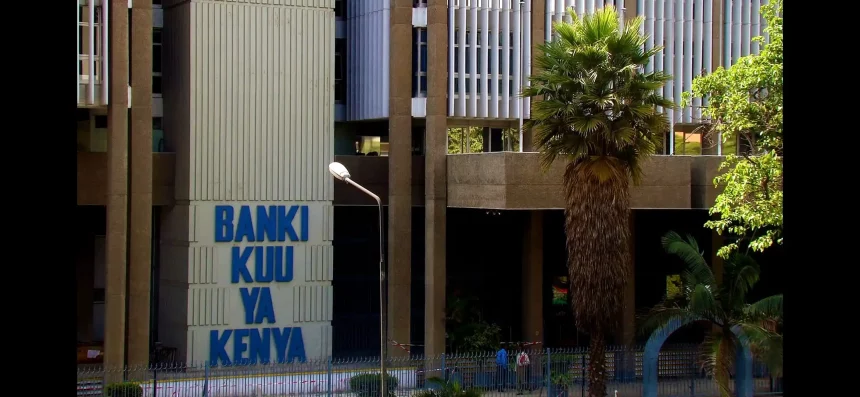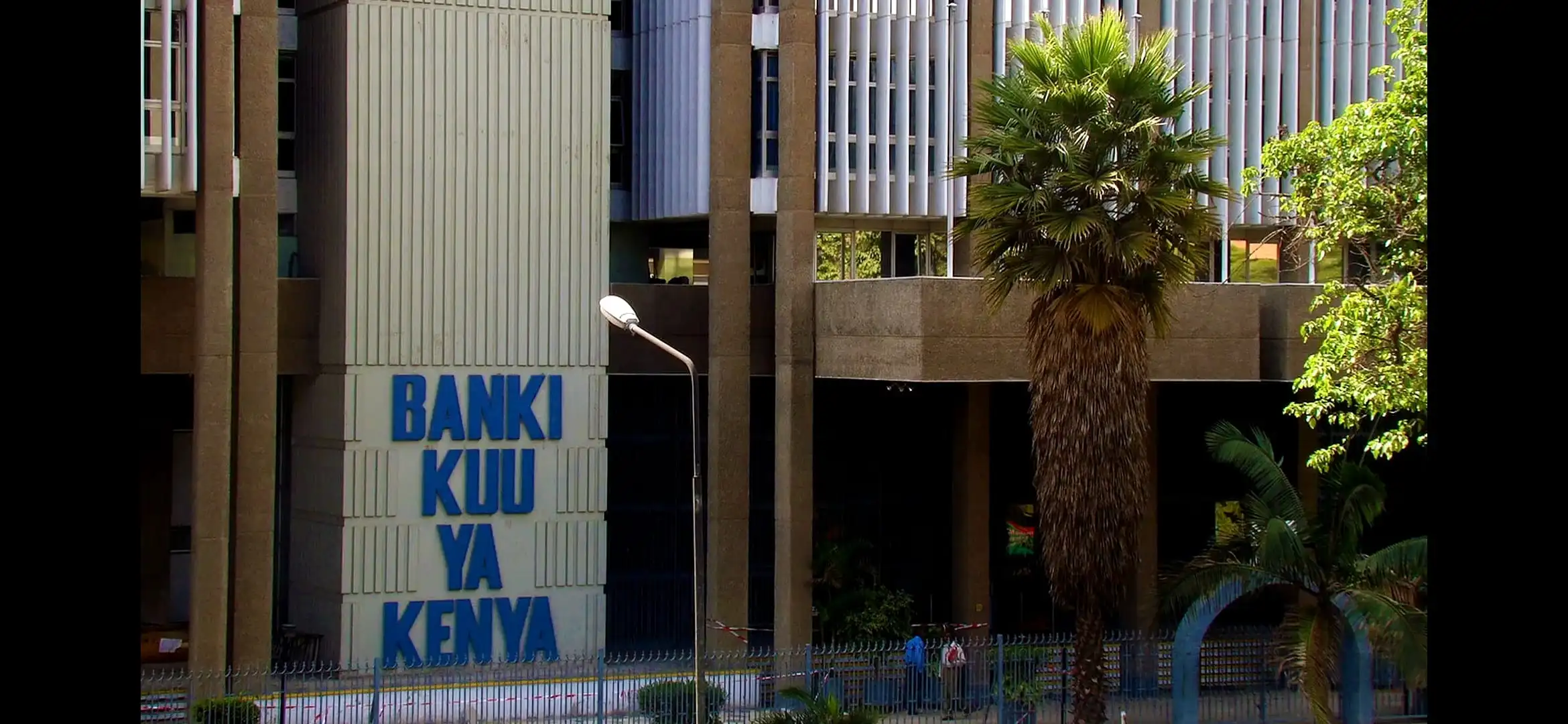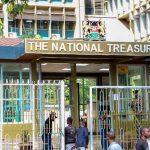The Central Bank of Kenya (CBK) says it has held off on intervening in the foreign exchange rate market to prop up the Kenyan shilling, preferring to let it find its level.
Despite the local unit losing 15 percent of its value against the US dollar this year so far, the apex bank says it has largely stepped back on intervention, suggesting the depreciation in the local unit is not representative of excess volatility.
“We of course pursue a flexible exchange rate system and sometimes intervene, although we have not been intervening as much lately. We intervene when we think there is excessive volatility, otherwise, we allow the exchange rate to find its own level through demand and supply,” CBK Governor Kamau Thugge said on Monday.
The CBK quoted the shilling at Sh141.44 against the dollar at the end of trading on Friday, with the local currency having depreciated by 0.9 percent within the first month of Dr Thugge’s assumption of office.
The remarks by the CBK governor largely mirror the view of his predecessor, Patrick Njoroge, whose standard response to forex exchange queries referenced the bank’s non-intervention policy on the rate, save for instances of volatility.
The CBK uses a combination of monetary policy and open market operations as some of the intervention measures to steady the shilling in addition to the sale of dollars from its reserves to the open market to smoothen the supply of hard currency in the market.
Under open market operations, the CBK deploys repurchase agreements and term auction deposits to vary the amount of commercial banks’ deposits held in relation to the statutory requirement.
The instruments seek to influence the level of money supply, which is ultimately reflected in the exchange rate.
“Change in these deposits impact on the rate of interest at which credit is provided which in turn affects the growth of deposits held with commercial banks which is the dominant component of money supply,” the CBK highlights.
Analysts have tipped the local currency to remain under pressure in the short run from a combination of factors, including sustained demand.
“We expect the local currency to continue coming under pressure due to the increased dollar demand from importers on the back of the prevailing high global commodity prices, and reduced dollar inflows from key export-earning sectors. Additionally, the depreciation is driven by the continued strengthening of the dollar against emerging and frontier market currencies,” noted analysts at AIB-AXYs Africa.
For its part, the CBK expects the slowdown in US monetary policy tightening to ease pressure on the unit, alongside an improved balance of payments with the current account deficit having improved to 4.8 percent of GDP as at the end of May.
The improvement of the balance of payments has come against the backdrop of rebounding exports, tourism and resilience in remittances flow.
In addition, the CBK notes that import costs have decelerated from falling fuel prices and the windup of key government infrastructure projects, which have trimmed the importation of machinery.
The recent tightening of monetary policy, which saw the Central Bank Rate raised to 10.5 percent from 9.5 percent at the end of June, is expected to partly cushion the local unit by incentivising foreign investments in the domestic market.
The recent reopening of the foreign exchange interbank market has been tipped to smooth forex volatility while the CBK expects official reserves to stick above four months of import cover in the short run, strengthening the apex bank’s buffers against any potential volatility in the exchange rate.
“We have actually seen the interbank market working a bit more than it was before. There is still some way to go but this is an area where we do need to engage more with commercial banks to increase activity. It’s an area we are working on but can see some success for instance when you look at the spread between the CBK rate and the retail rate, which is not as high as it was before,” Dr Thugge added.




